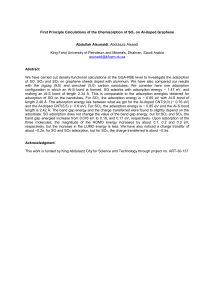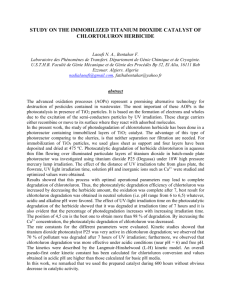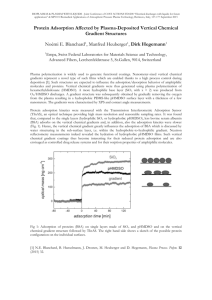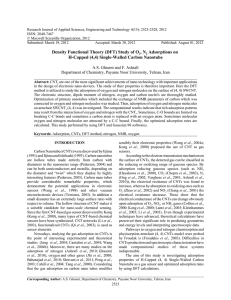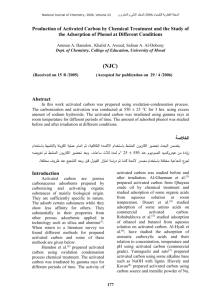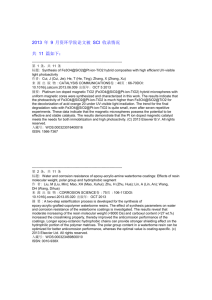Perspective of Multiwalled Carbon Nanotubes for water treatment
advertisement
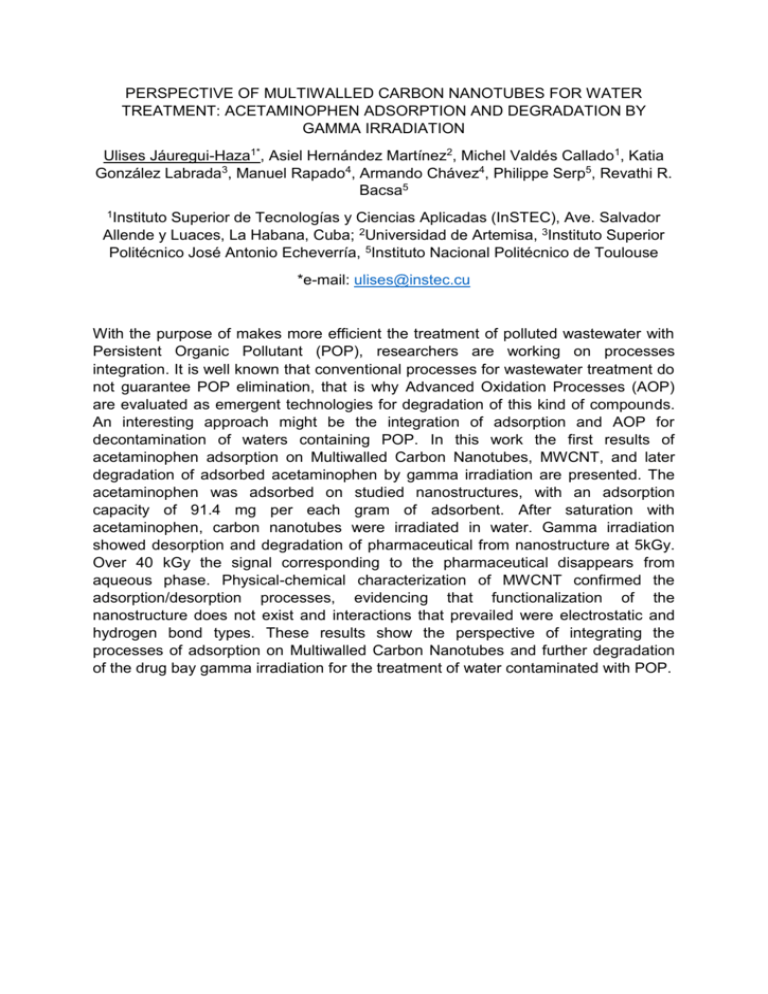
PERSPECTIVE OF MULTIWALLED CARBON NANOTUBES FOR WATER TREATMENT: ACETAMINOPHEN ADSORPTION AND DEGRADATION BY GAMMA IRRADIATION Ulises Jáuregui-Haza1*, Asiel Hernández Martínez2, Michel Valdés Callado1, Katia González Labrada3, Manuel Rapado4, Armando Chávez4, Philippe Serp5, Revathi R. Bacsa5 1Instituto Superior de Tecnologías y Ciencias Aplicadas (InSTEC), Ave. Salvador Allende y Luaces, La Habana, Cuba; 2Universidad de Artemisa, 3Instituto Superior Politécnico José Antonio Echeverría, 5Instituto Nacional Politécnico de Toulouse *e-mail: ulises@instec.cu With the purpose of makes more efficient the treatment of polluted wastewater with Persistent Organic Pollutant (POP), researchers are working on processes integration. It is well known that conventional processes for wastewater treatment do not guarantee POP elimination, that is why Advanced Oxidation Processes (AOP) are evaluated as emergent technologies for degradation of this kind of compounds. An interesting approach might be the integration of adsorption and AOP for decontamination of waters containing POP. In this work the first results of acetaminophen adsorption on Multiwalled Carbon Nanotubes, MWCNT, and later degradation of adsorbed acetaminophen by gamma irradiation are presented. The acetaminophen was adsorbed on studied nanostructures, with an adsorption capacity of 91.4 mg per each gram of adsorbent. After saturation with acetaminophen, carbon nanotubes were irradiated in water. Gamma irradiation showed desorption and degradation of pharmaceutical from nanostructure at 5kGy. Over 40 kGy the signal corresponding to the pharmaceutical disappears from aqueous phase. Physical-chemical characterization of MWCNT confirmed the adsorption/desorption processes, evidencing that functionalization of the nanostructure does not exist and interactions that prevailed were electrostatic and hydrogen bond types. These results show the perspective of integrating the processes of adsorption on Multiwalled Carbon Nanotubes and further degradation of the drug bay gamma irradiation for the treatment of water contaminated with POP.

